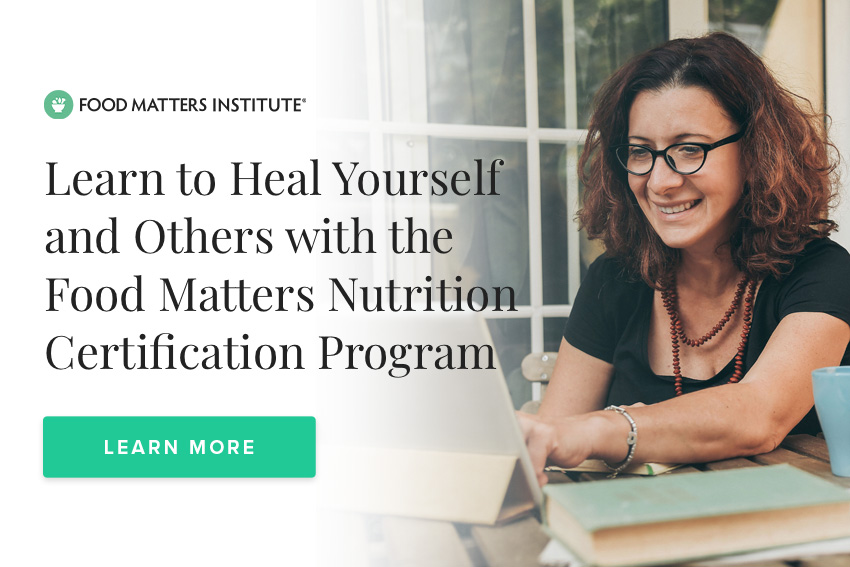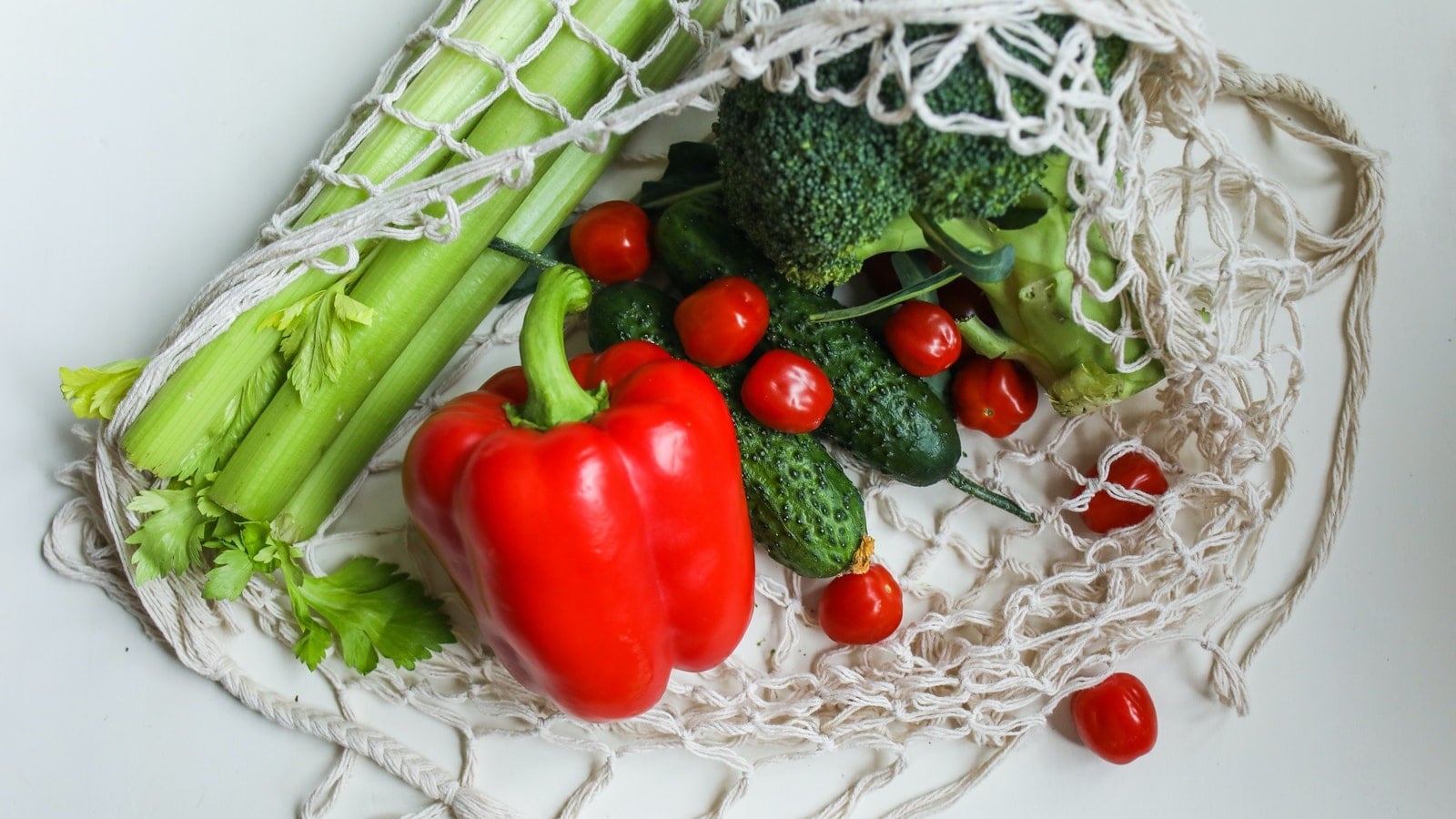Where to Buy Healthy Foods If You Don’t Live near Wholefoods
Do you find it hard to find good, healthy produce at your local grower? Is it even available near where you live?
I love to talk with the Food Matters community, to find out what their barriers are to healthy foods, and find creative ways to solve them. One question that kept arising is around accessing healthy foods - how are people meant to implement all of these health-promoting dietary and lifestyle changes, if they can’t even find organic veggies in their hometown?
After some deeper discussions, I came to realize that much of it was to do with conditioning. We are being lead to believe those good quality foods are only available at stores with high price tags in major cities, like Wholefoods and Trader Joes. And while we love that these stores are making healthy foods mainstreaming, it’s also excluding a lot of people who don’t live in bigger cities from accessing these foods.
That’s why I wanted to take some time this week to share my advice and show you where to buy healthy foods if you don’t live near a Wholefoods.
It’ll differ from place to place, and country to country, but hopefully these tips make it easier to shop a bit healthier (and stick to the grocery budget while you’re at it).
Tip 1: Buy Healthy Food at Your Local Farmers Market
Farmers’ markets are some of the easiest (and most fun) ways to get your healthy veggies for the week. Here, you can take the opportunity to connect with local growers and ask them about their practices, and more often than not, you’ll form a special bond over these amazing foods. If you’re unsure where to find your nearest market, we love to use this site when we’re traveling in America. Most countries will have a similar platform
Tip 2: Connect with Local Delivery Services
It’s not the case everywhere, but it’s worth investigating if there are any local grocery delivery services in your area that offer healthy foods at a reasonable price. At home on the Sunshine Coast, there is an abundance of emerging companies that deliver fresh produce boxes to your door each week. Currently, Imperfect Foods and Farmbox Direct offer organic produce boxes nationwide.
Tip 3: Check Out Online Retailers Like Thrive Market
If you like to have a bit more say about what foods you’re getting each week, it’s worthwhile trying a shop with an online retailer like Thrive Market. Making organic, healthy foods accessible is at the core of the work that Thrive Market does, and that’s why they ship some of our favorite healthy foods across the country, for the same price as you find in major cities! For our friends in Australia, be sure to check out Stackd Smoothie Co.
Tip 4: Look Out for ‘Organically Grown’, ‘Spray-Free’, or ‘Non-GMO’
One thing that makes organic produce expensive is the costly process of becoming certified. While it’s awesome to see bodies that regulate organic foods, by the time growers actually pay for the certification, it leaves them with little profit from their labor. That’s why many farmers around the world are choosing to adopt organic practices, without obtaining the license - which ultimately makes it more affordable for you, the consumer. You can look for terms like organically grown, spray-free, and non-GMO - as these are often a good indicator of healthy foods. But if you’re unsure, talk to the farmer or the clerks at the store - after all, they’re there to help you get healthy foods.
Tip 5: Explore the Clean 15 & Dirty Dozen
Sometimes it comes down to choosing one or the other, and that’s exactly why the Environmental Working Group puts out the famous Clean 15 & Dirty Dozen year after year. This guide shows you the foods in America that are laden with the most chemicals, and those that have the least - meaning they’re likely the safest to eat. That way you can still enjoy healthy foods, with a stress-free approach.
Do you have a passion for nutrition & natural healing?. Learn more about the Food Matters Nutrition Certification Program here.


